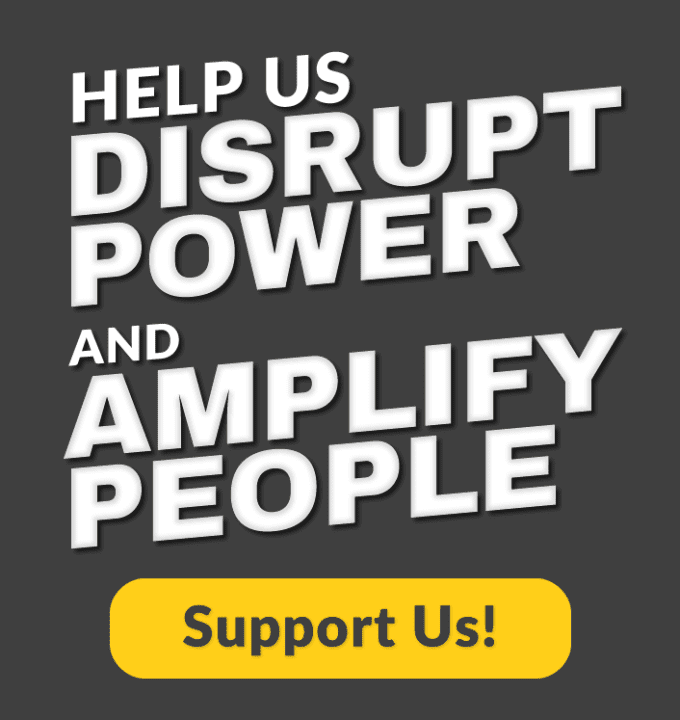In today’s rapidly evolving workplace, inclusivity and accessibility are not just buzzwords; they have become essential elements of organisational success. As businesses become increasingly diverse, there is growing recognition that fostering an environment where all employees feel valued and supported is key to boosting productivity, improving morale, and enhancing company culture. One area that has gained considerable attention is workplace technology, particularly meeting room booking systems. These systems, designed to optimise meeting space usage, play a crucial role not only in improving operational efficiency but also in ensuring accessibility for all employees, regardless of their physical or cognitive needs. Choosing the best room booking software ensures that companies can accommodate a wide range of employee needs, making the workplace more inclusive.
Many organisations overlook the importance of workplace accessibility, especially when it comes to technologies such as room booking systems. For example, businesses that initially rely on basic systems, like shared calendars, often experience issues with scheduling conflicts and underutilised spaces. These systems, while simple, may lack the necessary features to ensure that all employees can fully participate. Once inclusive meeting room booking systems are implemented, organisations often see improvements in both efficiency and employee satisfaction. These systems empower employees by considering their unique needs, leading to a more inclusive and productive workplace.
As organisations continue to adapt to a more diverse workforce, workplace accessibility should be viewed as an opportunity to enhance overall functionality. It is not just about meeting legal requirements; it is about fostering a culture that promotes fairness and equal opportunities. The integration of meeting room booking systems plays a key role in enabling a truly inclusive workplace. These systems not only support the smooth operation of daily tasks but also contribute to a more inclusive work environment. This article will explore the impact of these systems and why they are critical in today’s business landscape.
What Is a Meeting Room Booking System?
A meeting room booking system is a digital tool designed to manage the scheduling of meeting spaces efficiently. It is essentially a modern version of a shared calendar, tailored specifically for reserving rooms. Employees can view room availability, book time slots, and even request specific equipment or seating arrangements—all within a user-friendly interface.
The primary purpose of these systems is to streamline scheduling, reduce booking conflicts, and ensure that meeting spaces are utilised effectively. Whether booking a large conference room for a team meeting or a smaller space for a brainstorming session, these systems help eliminate confusion and save time for everyone involved. Some systems include additional features such as automatic notifications, calendar integrations, and analytics to track room usage, providing businesses with valuable insights on resource utilisation.
In essence, a meeting room booking system is more than just a scheduling tool—it is a technology that enables organisations to optimise resources, enhance collaboration, and improve overall productivity. Instead of manually checking room availability or dealing with double-booked spaces, employees can instantly see available rooms and secure the best option for their needs. This boosts efficiency and contributes to a more organised and smooth workflow.
Why Accessibility in Meeting Room Booking Matters
Accessibility in the context of meeting room booking systems goes beyond physical accommodations. While features such as wheelchair ramps and accessible meeting rooms are critical, technology accessibility must also consider the needs of individuals with cognitive, sensory, or neurodiverse conditions.
An accessible workplace ensures that everyone, regardless of their individual challenges, can fully engage in workplace activities. For example, a system that is not compatible with screen readers or one that uses unclear language or poor color schemes could exclude employees with visual impairments or cognitive differences. Additionally, booking systems with complex, non-intuitive interfaces might pose difficulties for employees with conditions like ADHD or dyslexia.
Inclusion in workplace technology sends a strong message to employees: “Your needs are valued.” Creating accessible systems not only boosts employee engagement but also enhances retention and productivity, as individuals are less likely to feel marginalised or frustrated by the tools they use daily.
Key Accessibility Features in Booking Systems
To ensure a meeting room booking system is truly inclusive, it must include several key accessibility features. These features enable all employees, regardless of their abilities, to easily navigate the system and book the resources they need.
Screen Reader Compatibility: This feature allows employees with visual impairments to use screen readers to hear room availability, descriptions, and instructions, ensuring a more inclusive booking experience.
Color Contrast and Customisable Themes: For individuals with color blindness or other visual impairments, high contrast colors or customisable themes help make the interface more readable and navigable. Offering a variety of themes tailored to different visual needs can significantly improve accessibility.
Simple and Intuitive Interface: Clear and intuitive design is crucial for users with cognitive impairments or those who find complex systems overwhelming. Systems with straightforward language, large buttons, and easy-to-follow instructions help everyone interact with the system effectively.
Multilingual Support: For workplaces with a diverse workforce, a multilingual interface ensures that all employees, regardless of their primary language, can use the system efficiently.
Flexible Scheduling Options: Inclusive booking systems allow employees to request accommodations, such as more time between meetings or specific room configurations. This adaptability makes the system more inclusive for individuals with physical disabilities or other needs.
These accessibility features not only support employees with specific needs but also create a more user-friendly experience for everyone, improving overall workplace efficiency.
How to Evaluate Your Current Meeting Room Booking System for Inclusivity
Evaluating the inclusivity of an existing meeting room booking system is a crucial step in ensuring accessibility. Here’s a step-by-step guide to assess whether the system meets the needs of all employees:
Conduct an Accessibility Audit: Begin by reviewing your current system’s features. Is it compatible with screen readers? Does it provide customisable themes or color contrast options? An audit will highlight areas that need improvement.
Gather Feedback from Employees: Ask employees with specific accessibility needs, such as those with physical disabilities or cognitive impairments, how they interact with the system. Their feedback will provide valuable insights into potential barriers.
Check for Ease of Navigation: Test whether the system is user-friendly for individuals with varying levels of tech-savviness or cognitive abilities. Can employees with conditions like ADHD or dyslexia navigate it without difficulty?
Assess Integration with Other Tools: Ensure that your system integrates smoothly with other workplace tools such as calendars, video conferencing platforms, and accessibility tools like speech-to-text applications. This promotes a seamless experience for all users.
Test the System with Real Scenarios: Set up real-world scenarios to test the system’s usability for employees with different needs. Observe how they interact with the system and identify any challenges they face.
Addressing Hybrid Teams and Remote Workers
As hybrid work becomes increasingly common, businesses must ensure that their meeting room booking systems are inclusive of both in-office and remote employees. While this presents unique challenges, it also offers opportunities to improve flexibility and inclusivity.
Hybrid teams often face challenges in booking rooms and coordinating schedules across different locations. For example, remote employees may need to book virtual meeting rooms or adjust their bookings based on fluctuating schedules. A booking system that integrates virtual meeting spaces alongside physical rooms can help bridge the gap between in-office and remote workers.
Moreover, features like remote meeting support and hybrid scheduling—where remote participants can join in-person meetings seamlessly—help ensure that all employees remain connected, regardless of their physical location.
By designing inclusive booking systems for hybrid work, businesses can enhance collaboration, reduce frustration, and improve overall productivity. This approach ensures that remote workers have the same access to resources as their in-office counterparts, fostering a more inclusive and efficient workplace environment.
Conclusion: Building an Inclusive and Efficient Workplace Through Technology
In conclusion, creating an inclusive workplace isn’t just a trend; it’s a long-term strategy that leads to better employee engagement, higher morale, and increased productivity. By integrating accessible meeting room booking systems, organisations can foster an environment that values diversity and inclusion at every level. These systems not only optimise space usage but also ensure that all employees, regardless of their abilities, have equal access to resources and opportunities.
The key takeaway is that workplace accessibility is an ongoing commitment, not a one-time fix. As technology evolves, so too should the tools that support inclusivity. It’s essential to continuously assess and update meeting room booking systems to ensure they meet the needs of a diverse workforce.
For organisations looking to make this change, it’s crucial to prioritise accessibility in every aspect of workplace technology—from initial planning to ongoing improvements. Investing in inclusive solutions will ultimately contribute to a more efficient and harmonious workplace where everyone has the opportunity to thrive. Making inclusivity a core part of organisational DNA isn’t just the right thing to do—it’s the smart thing to do for long-term success.




















